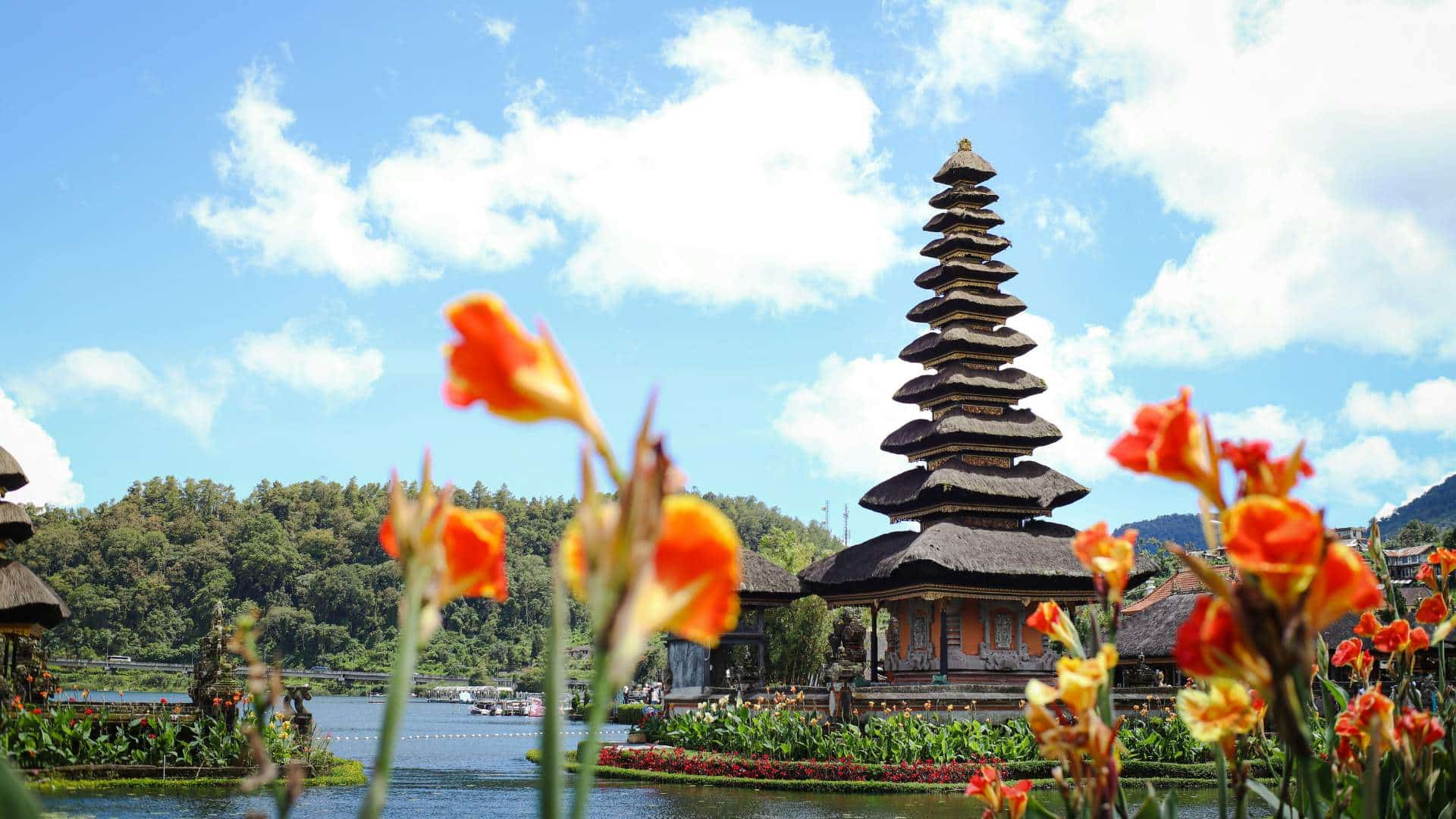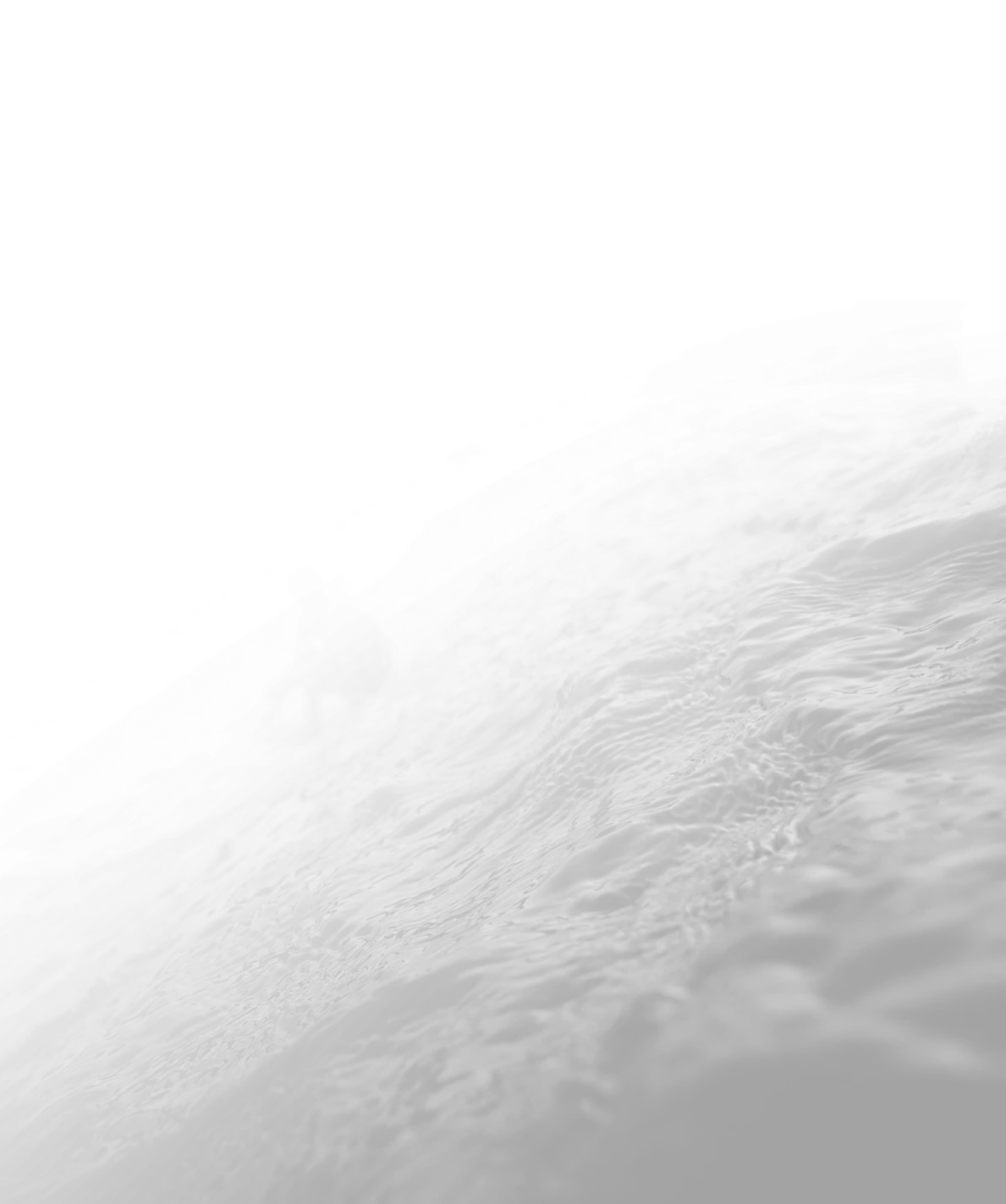Bali offers surfers more than just an epic time out on the waves. Beyond the breaks lies a spiritual journey that invites you to explore the island’s sacred temples, where centuries-old traditions blend seamlessly with breathtaking natural beauty.
As surfers, we’re drawn to the thrill of the ocean, but Bali’s temples offer a different kind of adventure—one that connects us with the island’s deep spiritual roots.
Whether you’re riding the legendary swells of Uluwatu or chilling at Rapture Surfcamp, taking a moment to step into these sacred spaces can enrich your Bali experience in ways you never imagined.
From the awe-inspiring Gates of Heaven at Pura Lempuyang Luhur to the coastal marvel of Pura Tanah Lot, each temple offers a unique glimpse into Bali’s heart and soul.
So, are you curious about the best Bali temples to visit and how to respect local customs? Continue reading as we reveal a few of the best temples in Bali, their unique features, and essential etiquette tips for travellers and surfers alike.
There’s lots to chat about, so let’s dive straight in!
Temple Etiquette for Surfers
When visiting Balinese temples, it’s paramount to show respect and understanding of local customs. One of the first things to remember is the dress code. Visitors must wear a sarong that covers the legs below the knee and a sash around the waist. Shoulders and backs should also be covered, so avoid sleeveless tops. This attire is not just about following rules but honouring the sanctity of these sacred spaces.
Footwear is another important consideration. Shoes must be taken off before entering the temple complex. This practice is a sign of respect and helps maintain the cleanliness of the sacred area.
When inside, be mindful of your actions. Avoid climbing on statues or engaging in public displays of affection, as these are considered disrespectful.
Photography should also be approached with caution. Always ask permission before shooting photos of individuals, especially during religious ceremonies. Drones are generally not allowed, as they can disrupt the peaceful atmosphere and prayers.
Observing ceremonies from a distance is also recommended to avoid interfering with the worshippers’ experience.
It’s also worth remembering that maintaining a positive mindset and language is not just encouraged, but it’s a reflection of the values of karma in Hindu and Buddhist beliefs. For example, when meeting locals, a simple greeting like ‘Om Swastiastu’ can go a long way in showing respect and fostering goodwill.
When inside the temple, be mindful of your feet. Here are a couple of important things to remember:
- Pointing your feet towards the altar is considered disrespectful, as feet are deemed unclean in Balinese culture.
- Always sit cross-legged or position your feet away from sacred objects to show proper respect.
Lastly, always be respectful of the local environment. Avoid littering and be cautious not to disturb offerings left for spirits.
By heeding the advice above, surfers can ensure their temple visits are respectful and enriching, contributing to a deeper understanding of Bali’s cultural heritage.
The Best Temples in Bali
Now that we’ve covered the basics of Balinese temple etiquette let’s take a closer look at a few of the best temples in Bali:
- Pura Lempuyang Luhur
- Pura Tanah Lot
- Ulun Danu Beratan Temple
- Goa Gajah
- Pura Tirta Empul
- Besakih Temple
- Pura Saraswati
Below, we’ll briefly explore each in turn:
Pura Lempuyang Luhur: The Gates of Heaven

Nestled high in the mountains of East Bali, Pura Lempuyang Luhur (also sometimes called the Gates of Heaven) offers one of the most awe-inspiring views on the island. Situated at an elevation of 1175 metres, visitors have to walk up a series of steep steps to get to the top.
The breathtaking panorama at the summit, with Mount Agung framed perfectly within the temple’s gates, is a sight to behold, and the temple complex itself exudes a serene and mystical vibe, making it a perfect place for reflection and meditation.
For surfers, the journey to Pura Lempuyang Luhur can be a refreshing break from the coastal waves and a chance to connect with Bali’s spiritual essence. The drive from Ubud takes approximately three hours, offering a scenic route through lush rice paddies and traditional villages.
Pura Tanah Lot: A Coastal Marvel

Imagine a Hindu temple perched dramatically on an offshore rock, accessible only during low tide, with waves crashing around it. This is Pura Tanah Lot, one of Bali’s most iconic and photographed temples.
Located in the Tabanan Regency, about 1.5 hours from Ubud, Tanah Lot is renowned for its stunning sunset views and unique coastal rock formations.
Visitors to Tanah Lot must navigate through a bustling marketplace filled with souvenir shops before reaching the temple grounds. This bustling path adds to the anticipation and excitement of the visit, making the experience even more memorable.
For surfers, Pura Tanah Lot Temple offers a perfect blend of cultural exploration and natural beauty. After a day riding the waves, witnessing the magnificence of Tanah Lot at sunset can be a serene and awe-inspiring experience.
Ulun Danu Beratan Temple: Serenity by the Lake

Nestled on the shores of Lake Beratan in North Bali, Ulun Danu Beratan Temple is a stunning example of the island’s spiritual and natural beauty. Constructed in the 17th century, this temple complex is dedicated to Dewi Danu, the goddess of water, and plays a crucial role in the agricultural life of the Balinese people.
The temple’s location on the lake, often shrouded in mist, creates a serene and mysterious atmosphere that captivates visitors.
Ulun Danu Beratan’s historical significance is profound, and archaeological discoveries at the site offer insights into Bali’s cultural evolution. As one of the most beautiful temples in Bali, it attracts both locals and tourists who come to marvel at its unique setting and spiritual ambience.
Surfers will find Ulun Danu Beratan a peaceful retreat from the bustling coastal areas. The journey to this temple takes you through scenic landscapes, offering a glimpse into the heart of Bali’s spiritual life. The temple’s picturesque beauty, with its reflection on the calm waters of Lake Beratan, is a sight to behold.
Goa Gajah: The Elephant Cave Experience

Stepping into Goa Gajah, also known as the Elephant Cave, is like entering a portal to Bali’s ancient past. Constructed in the 9th century, this Hindu temple is famed for its intricate carvings and mythological depictions adorn the cave entrance.
The name “Elephant Cave” is believed to derive from the nearby Petanu River, which is thought to resemble an elephant’s head.
Inside the cave, visitors will find a stone statue of the Hindu god Ganesh, the remover of obstacles, adding to the site’s spiritual significance. The carvings within Goa Gajah also tell stories from Hindu mythology, underscoring Bali’s rich cultural heritage.
Pura Tirta Empul: Holy Springs and Rituals

Pura Tirta Empul, located near Ubud, is one of Bali’s most significant religious sites, renowned for its holy springs and purification rituals.
According to legend, the temple was established after a battle involving King Mayadenawa, who poisoned a spring that was later purified by the god Indra. This legend adds a layer of mysticism to the temple’s already profound spiritual significance.
Visitors to Pura Tirta Empul can participate in the purification ceremony by bathing in the temple’s sacred springs, known as petirtaan. These waters are believed to possess healing properties, attracting locals and tourists seeking spiritual renewal and physical healing. The experience of immersing yourself in these holy waters, surrounded by the temple’s serene ambience, is profoundly moving.
The Tirta Ampul temple offers surfers a unique opportunity to engage with Balinese rituals and traditions. The temple’s location near popular surf spots makes it a convenient addition to your Bali itinerary.
Besakih Temple: The Mother Temple of Bali

Besakih Temple, often called the Mother Temple of Bali, stands majestically on the slopes of Mount Agung. This temple complex is the largest temple in Bali, consisting of about 80 interconnected temples that ascend the mountain’s terraced slopes. The main sanctuary, centred around a lotus throne, is dedicated to Ida Betara Hyang Iswara, the guardian of the East.
The history of Besakih Temple spans over a thousand years, making it a cornerstone of Balinese cultural and spiritual life. The temple’s location at approximately 1,060 meters above sea level provides stunning views and a serene atmosphere that enhances the spiritual experience. As the mother temple, it holds a special place in the hearts of the Balinese and serves as a focal point for numerous religious ceremonies and festivals.
The journey to this Bali temple takes you through scenic landscapes that starkly contrast the island’s coastal areas. This makes it a must-visit destination for anyone seeking to understand the essence of Balinese culture and see more of what this beautiful island has to offer.
Pura Saraswati: Dance and Devotion

Dedicated to the Hindu goddess of knowledge, music, wisdom, and arts, Pura Saraswati is a gem in the heart of Ubud. This Hindu temple features a central lotus pond that symbolizes purity and beauty, often adorned with vibrant pink and white lotus flowers. This serene setting makes Pura Saraswati a must-see.
Cultural performances, including traditional Balinese dance, are occasionally held at Pura Saraswati. These performances, typically starting in the evening, offer a glimpse into Bali’s rich cultural tapestry and are a must-see for visitors.
For surfers, Pura Saraswati provides a cultural retreat in the bustling town of Ubud. There’s no entrance fee, making it an accessible and enriching experience for all visitors.
Are You Ready To Explore The Best Temples in Bali?
As we’ve seen throughout this guide, exploring Bali’s temples offers surfers a unique opportunity to connect with the island’s rich cultural and spiritual heritage. From the breathtaking Gates of Heaven at Pura Lempuyang Luhur to the serene shores of Pura Tanah Lot, each temple provides a window into the heart and soul of Bali. By following proper etiquette and respecting local customs, surfers can ensure their visits are not only respectful but deeply enriching.
If you’re looking to explore Bali’s beautiful Buddhist and Hindu temples in addition to catching the island’s exhilarating waves, look no further than Rapture Surfcamp for your accommodation. With its prime location, comfortable accommodations, and a host of amenities, Rapture Surfcamp is more than just a place to stay; it’s your home in Bali.
So what are you waiting for? Book your stay today and embrace the island’s vibrant culture, ride the waves, and immerse yourself in the beauty and spirituality that Bali has to offer.


